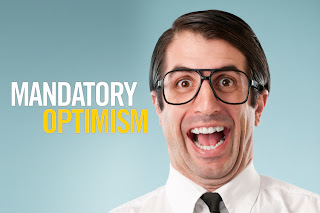In a recent discussion of which airway is best for CPR, I pointed out that there is no evidence that any airway improves outcomes from cardiac arrest.
Then the criticism of EBM (Evidence-Based Medicine) began.
Lets recall that almost every innovation- both good and bad, during my 40 year career has been the result of someones “Definitive Research Study”, including every AHA BCLS/ACLS Revision over that time period, the miracles of Bretyllium and MAST pants,prophylactic Lidocaine, Aminophylline, Ouabaine, Plasmanate, D5W, the use of Narcan for spinal injuries to the use of Leeches and Maggots. No single study is immune for either intentional or unmintentional Bias by Design. Results can be interpreted(manipulated) to reach any conclusion you want.Its is repetition and acceptance by the majority of the practitioners that establishes with greater certainty a treatments effectiveness.
These interventions are not examples of EBM. They are really examples of unreasonable optimism-based medicine.
This critic is defending the idea that doing something, no matter how dangerous, is better than not making things worse.
One of the problems with the AHA (American Heart Association) approach is that until there is clear evidence of harm, they presume that there is some benefit from the treatment. That is the same approach used by alternative medicine pushers. Even with clear evidence of harm, many will continue to make excuses for keeping their favorite unreasonable optimism-based treatment. This is dangerously irresponsible.
At least the AHA will abandon treatments after there is clear evidence of harm, but that is what the EBM critic does not like.
The EBM critic does not appear to want treatments to be eliminated just because they do not work. The EBM critic’s unreasonable optimism has nothing to do with safety or efficacy.
The real problem with the AHA is not that the AHA abandons these treatments. The real problem is that these treatments have been made standards of care without good reason.
As long as the AHA continues to endorse these unreasonable optimism-based treatments, the EBM critic can claim that they really, really work.
The EBM critic does not understand that EBM is about finding out what really works. EBM is not about endorsing unreasonable optimism.
What about the specific treatments mentioned by the EBM critic? I will go into detail on them in Part II, Part III, . . ., but he is essentially looking for black and white solutions to problems that almost never have black and white answers. Superstition will provide black and white answers, but these answers will not work any more often than any other placebo will work.
.


Subscribe to RogueMedic.com